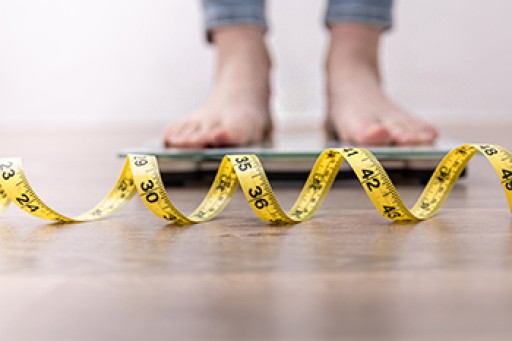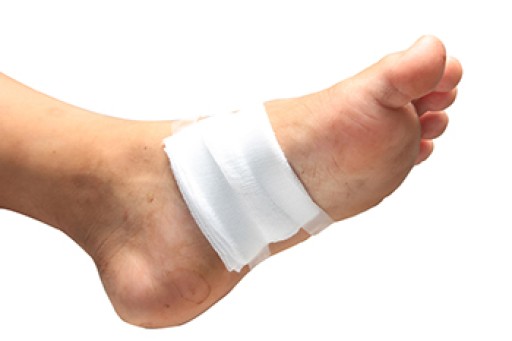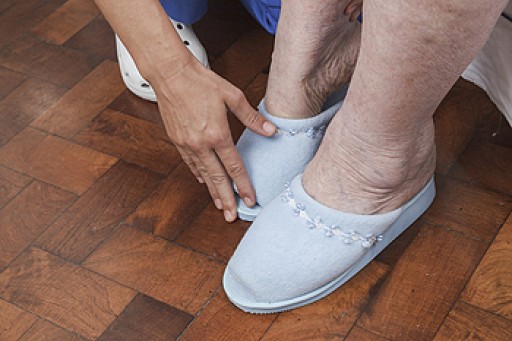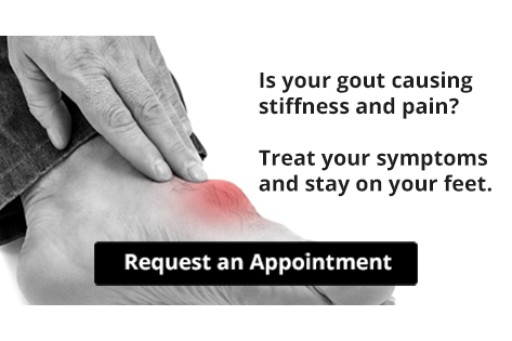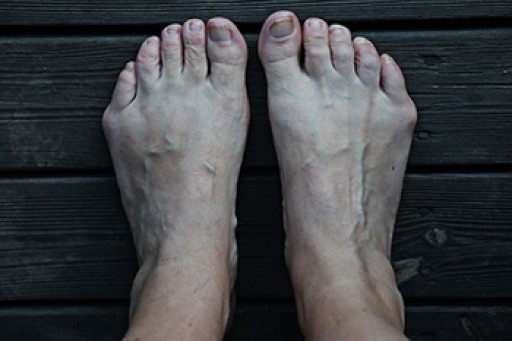
Foot conditions, including gout, plantar fasciitis, and calluses can be related to being overweight or obese. Feet and legs hold you up, and the more weight they sustain, the more pressure they are under. It is like a support beam holding up a bridge that is too heavy and susceptible to collapse. Being overweight can also cause medical issues that can negatively affect the feet, such as diabetes, and can make exercising more uncomfortable. Fortunately, we can appreciate our own unique bodies while still working on maintaining a healthy lifestyle and preventing foot pain. Improving diet and exercise are the first things that should be tended to. Simply cutting back on high sugar foods and alcohol can make a difference in one’s weight. Adding even a small amount of exercise will reduce pressure on your feet as well. Make it a routine, and have patience with yourself in developing new habits. If you are overweight and have foot pain, consider consulting with a podiatrist who can provide further suggestions for reducing pressure on your feet.
The more you weigh, the harder your feet must work to support your body. If you’re an obese individual and are concerned about your feet, contact one of our podiatrists from Canonsburg Podiatry Associates. Our doctors can provide the care you need to keep you pain-free and on your feet.
Obesity and Your Feet
People who are overweight are putting more pressure on their ankles, knees, and hips as well as their feet. This unfortunately can lead to variety of different issues.
Problems & Complications Stemming from Obesity
- When the body is overweight, it tries to compensate by changing the way that it moves. An obese person may lean forward and put extra weight on the wrong part of the foot. This puts unnecessary stress on the feet.
- Obese people are also more likely to develop type II diabetes which is a condition that causes a lot of foot problems. People with diabetes often don’t feel the cuts and sores that they may have on their feet, which can lead to more complicated and severe issues.
- Plantar fasciitis is another foot condition that can be caused by obesity. Plantar fasciitis is an inflammation of the tissue along the bottom of the foot, which causes pain and stiffness while walking and climbing stairs.
If you have any questions, please feel free to contact our office located in Canonsburg and McMurray, PA . We offer the newest diagnostic and treatment technologies for all your foot care needs.
